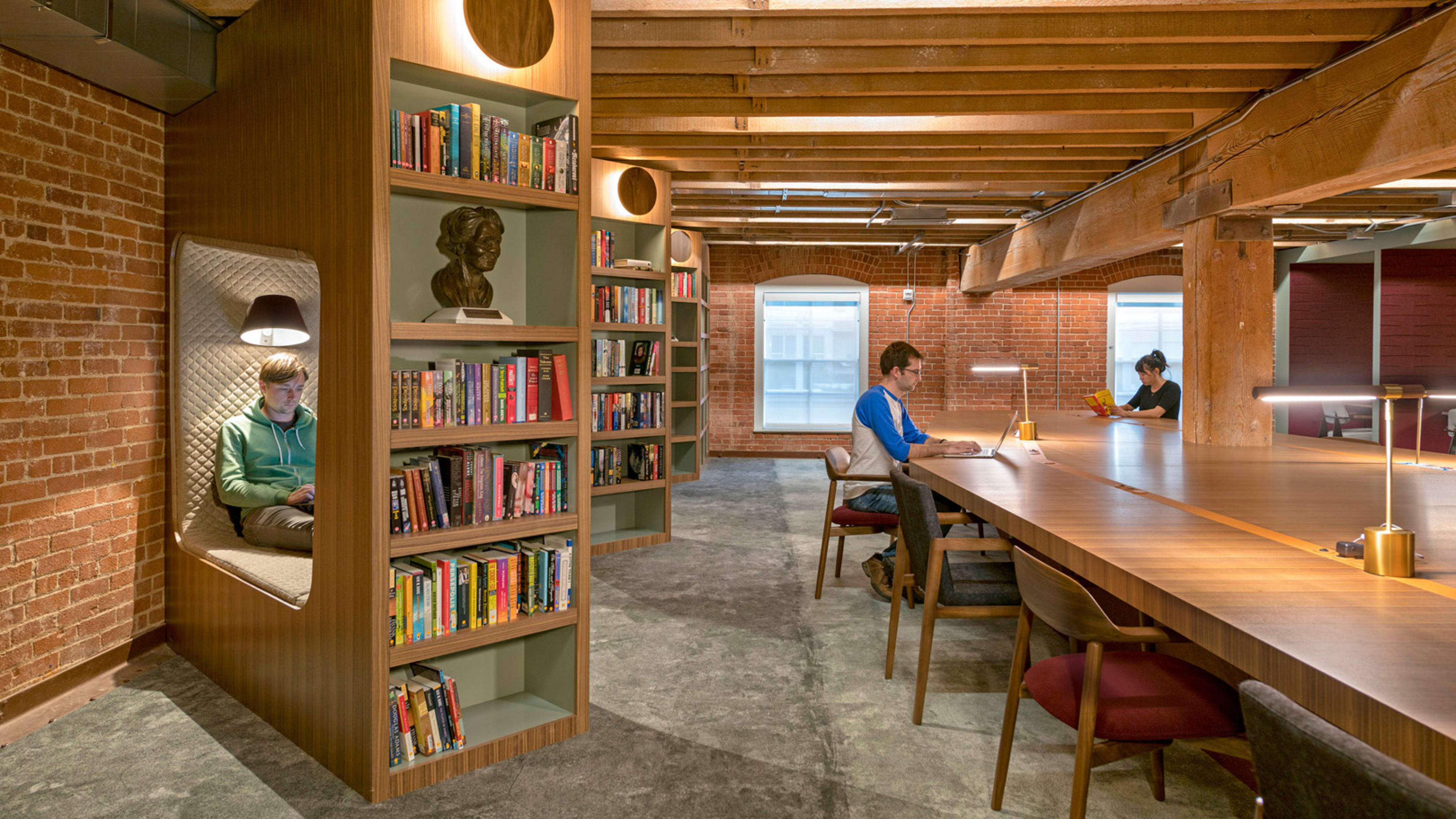Working remotely is the new normal—and the increasing numbers of employees who work from home are, paradoxically, changing the nature of office design. As more and more companies recognize the value of allowing employees to work from home (the world becomes your talent pool, employees get better work-life balance, and it can even make workers more productive), more companies are operating offices that need to serve both in-person and remote workers.
The shift raises a question for companies: How do you design a space when a significant portion of your workforce uses it rarely or not at all? Fast Company spoke to three partly remote companies—project management software company Basecamp, enterprise software company Atlassian (which makes tools like Trello and Jira), and developer hosting service GitHub—to find out how they’ve designed their offices to accommodate everyone, regardless of where they’re working.
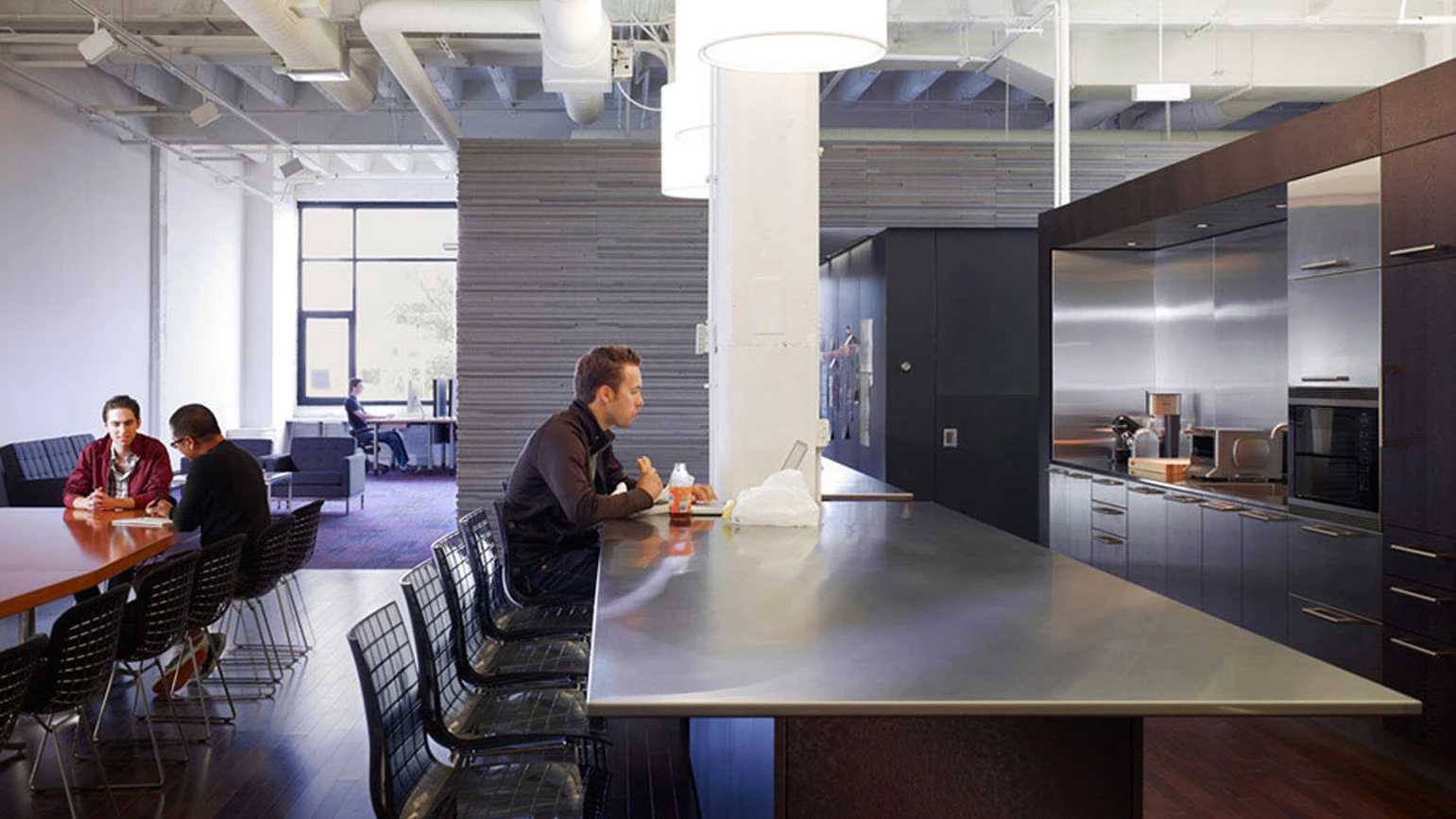
Make working at the office more like working from home
When Basecamp got its start back in 1999, the company’s employees were all local. But when the fifth hire—David Heinemeier Hansson, who is now a partner at the company—was based in Copenhagen, Basecamp’s other founders also decided to try out remote work, too.
The remote-first nature of the company has deeply impacted Basecamp’s office design. CEO Jason Fried says he designed the office to “simulate what it would be like if nobody was actually at the office.” That meant making the experience of working in the office to be as close as possible to what it’s like to work from home.
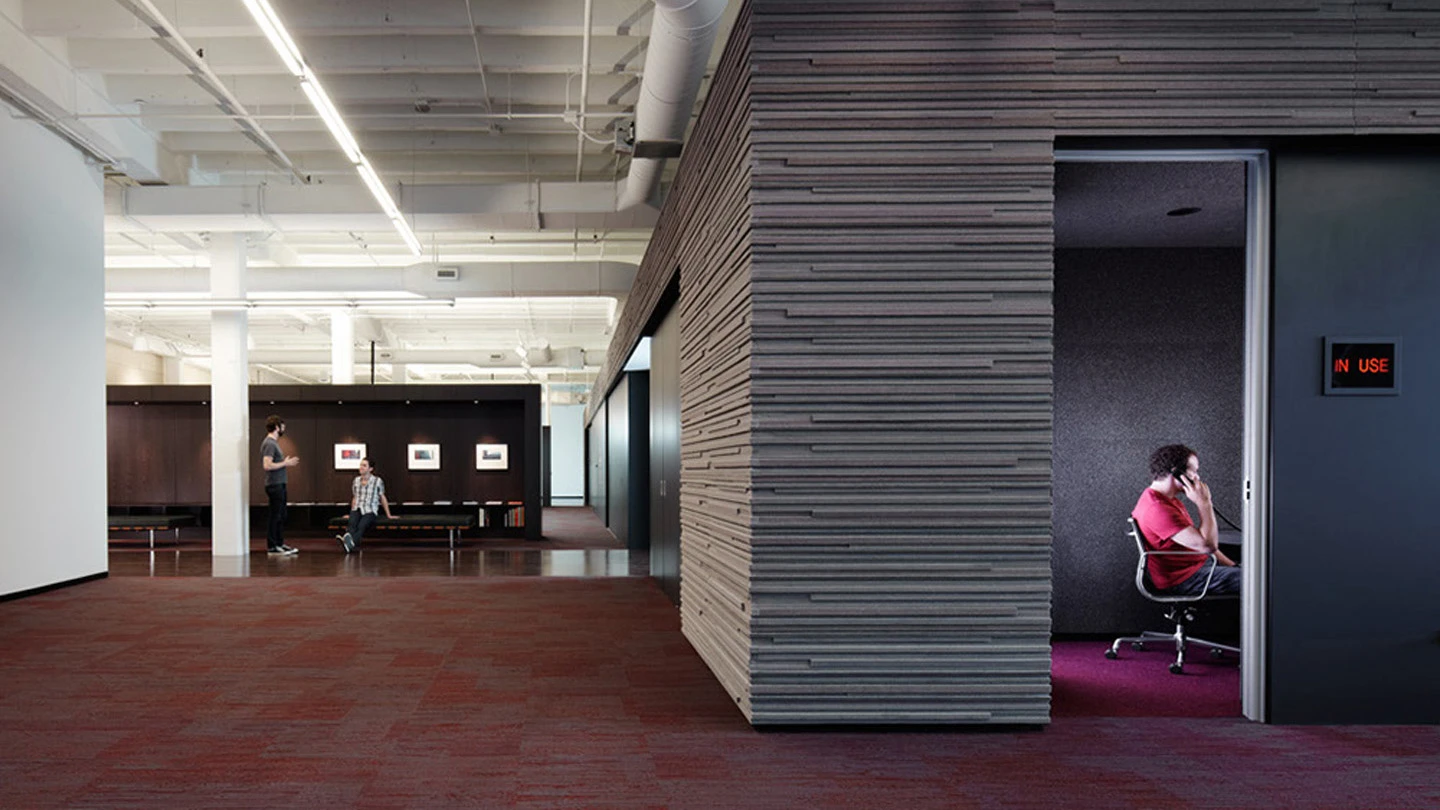
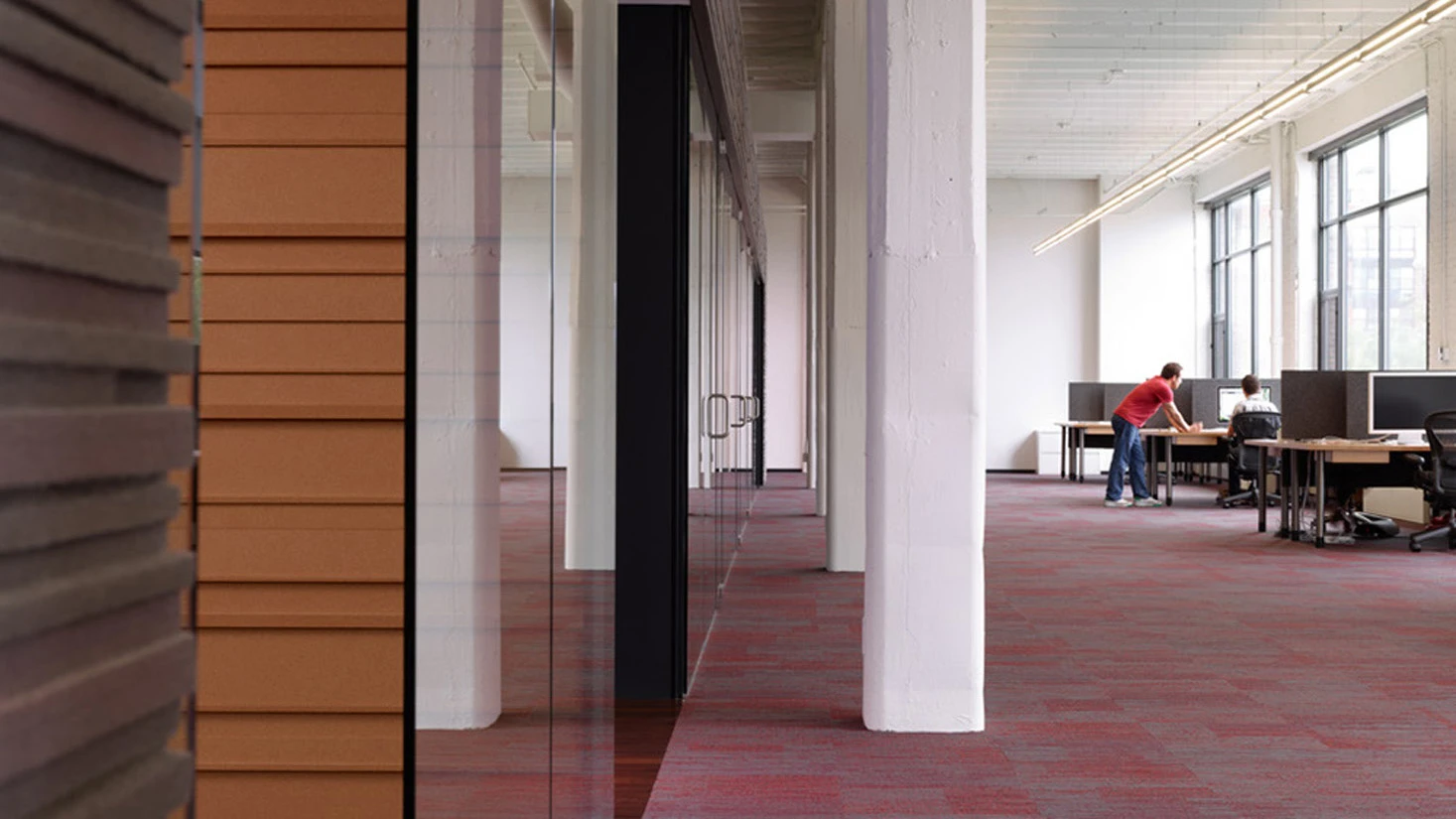
At this point, Basecamp has become so remote-friendly that only a few employees still work out of the company’s Chicago office on a regular basis. As a result, Fried says the office is much too big for the company’s purposes. When the space’s lease comes up this year, he plans to move to a much smaller space—or maybe ditch the office altogether. Even so, Basecamp’s HQ provides one model for how to think about designing an office that is more of a meeting hub than a place to go sit at a desk.
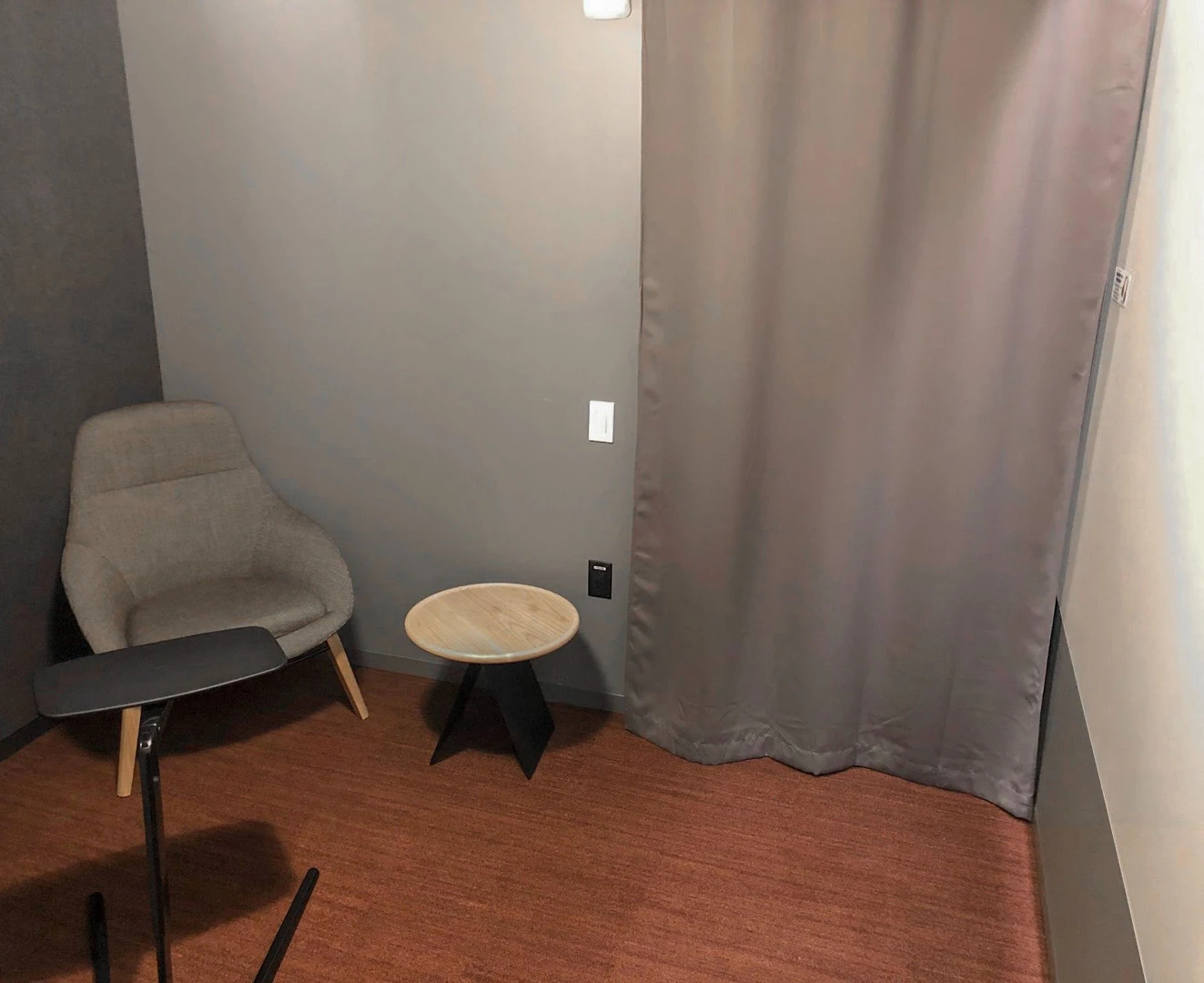
Build more small, acoustically sound spaces
Not every company is nearly remote, like Basecamp. Others, like software company Atlassian, have smaller numbers of remote employees—the team that is responsible for the company’s popular Trello app is 70% remote—and operate a host of offices that many people travel to on a regular basis. That means that a lot of collaboration is happening in conference rooms, using video conferencing software.
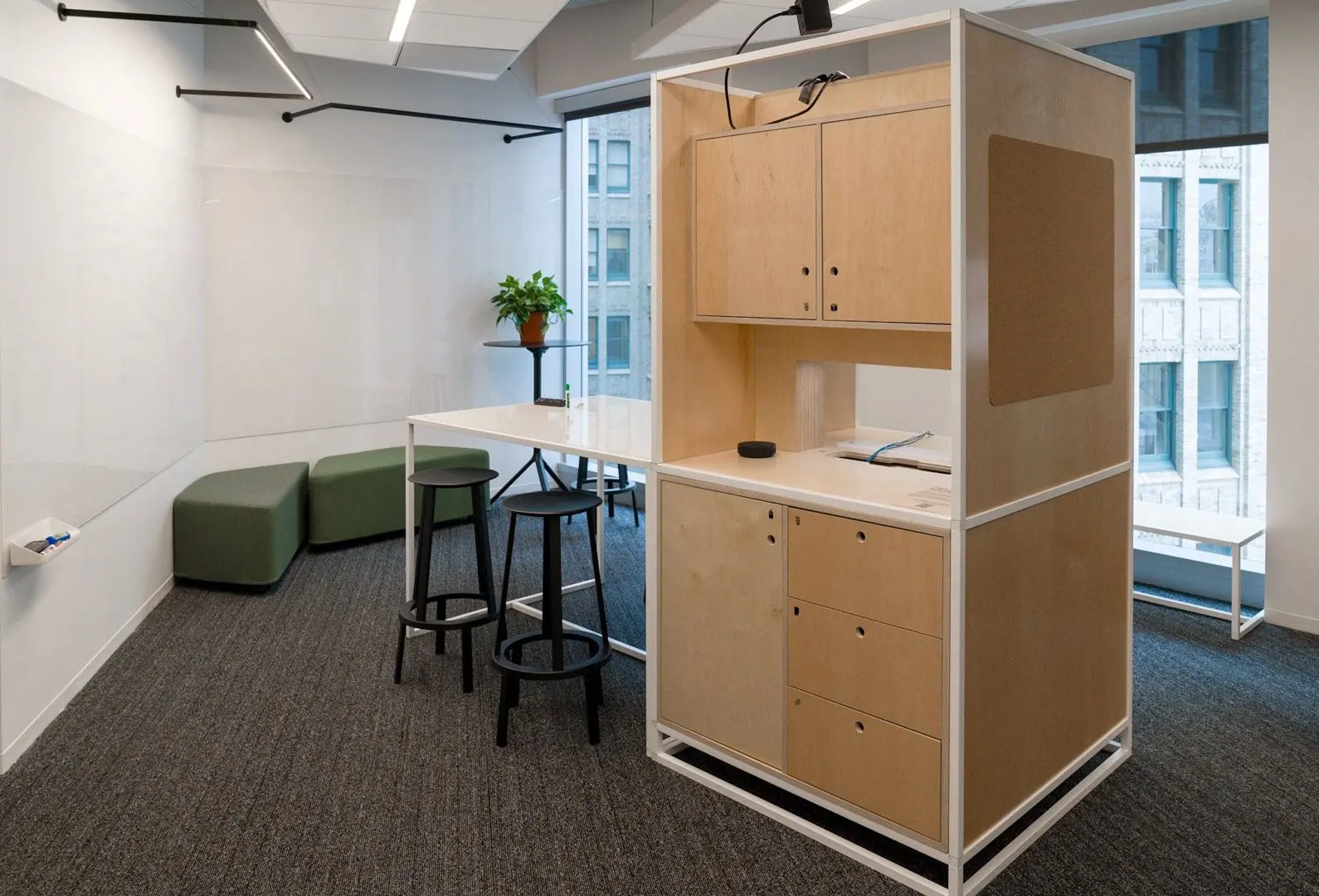
As a result, Scott Hazard, the global head of real estate and workplace experience at Atlassian, designed the company’s offices with lots of small, acoustically sound spaces. He heard from employees who were working out of one of Atlassian’s 12 offices that they needed smaller spaces more than they needed four- to six-person conference rooms, as many of them were collaborating with one other person who was working remotely. But to support these tiny soundproof conference rooms, Atlassian also provides other nooks around the office that act as overflow spaces. As Hazard put it, “Problems don’t get solved in a 30- or 60-minute window.” With these nooks, people can continue their video call outside a dedicated conference room without disturbing other people in the office.
These nooks also come in handy for larger meetings. Hazard says that when Atlassian acquired Trello in 2017, the team learned that you shouldn’t have seven employees sitting around a table for a meeting if even one person is dialing in remotely. Instead, Hazard says, “We encourage people to get on their own systems if someone is remote and create that democratic interaction model—everybody dialing into their own system and individually having a screen.” When everyone is individually dialing into conference video calls within the office, having places to sit that will muffle sound is a must.
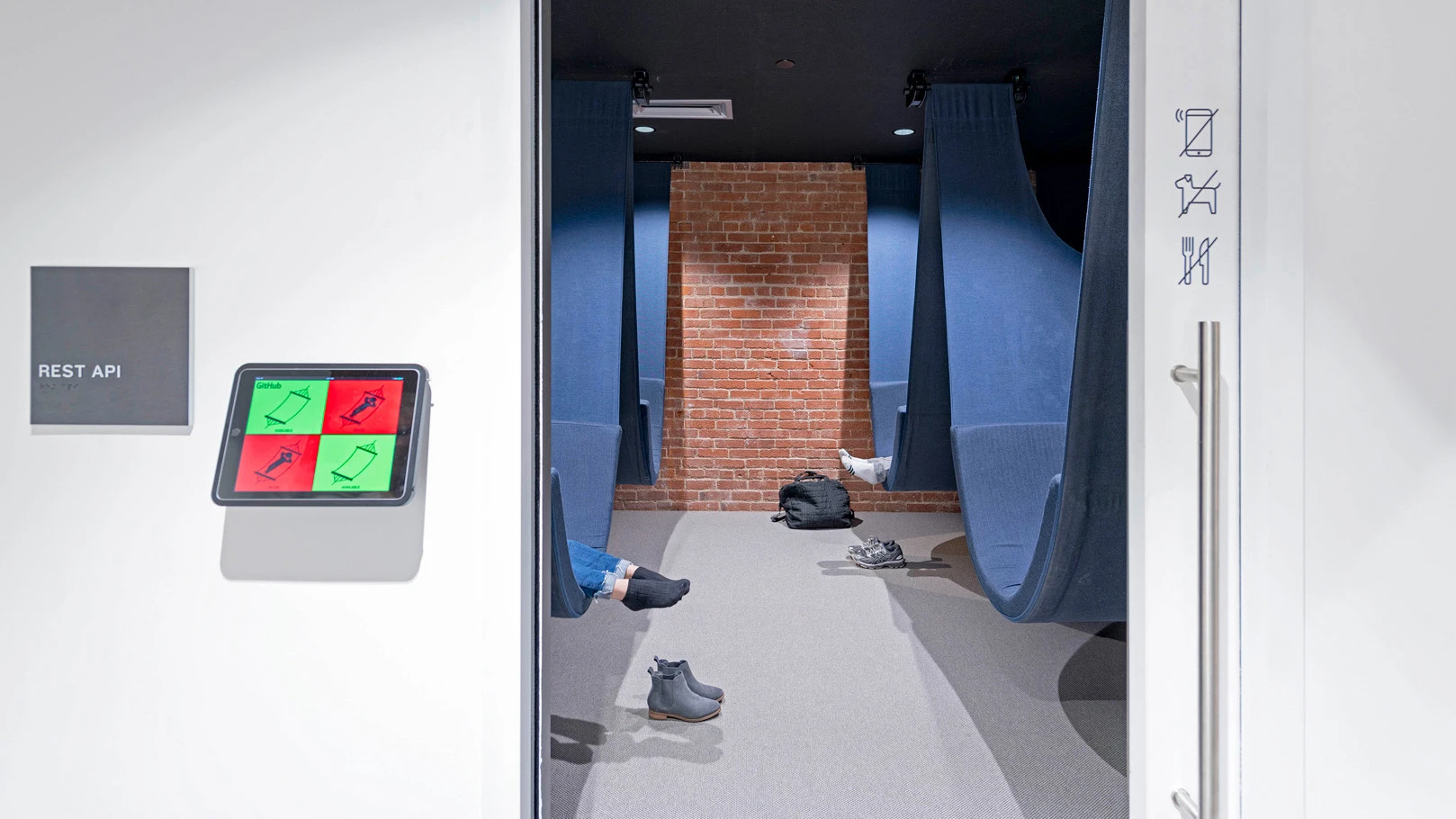
Showers, nap pods, and lunch are the best perks
Employees who are traveling to come into the office may not have time to drop by their hotel after stepping off a red-eye flight. That’s why at GitHub, where more than two-thirds of the workforce is remote, the office features perks focused around helping employees get cleaned up after traveling. The company’s four offices have showers for exactly this purpose, and nap rooms for when jet lag hits.
“When you have employees who are local, who come into an office every day, their opinion of your office is the aggregate sum of many days—good, bad, and indifferent,” says Lara Owen, the director of workplace operations at GitHub. “With remote employees, we only have one or two days to get it right.”
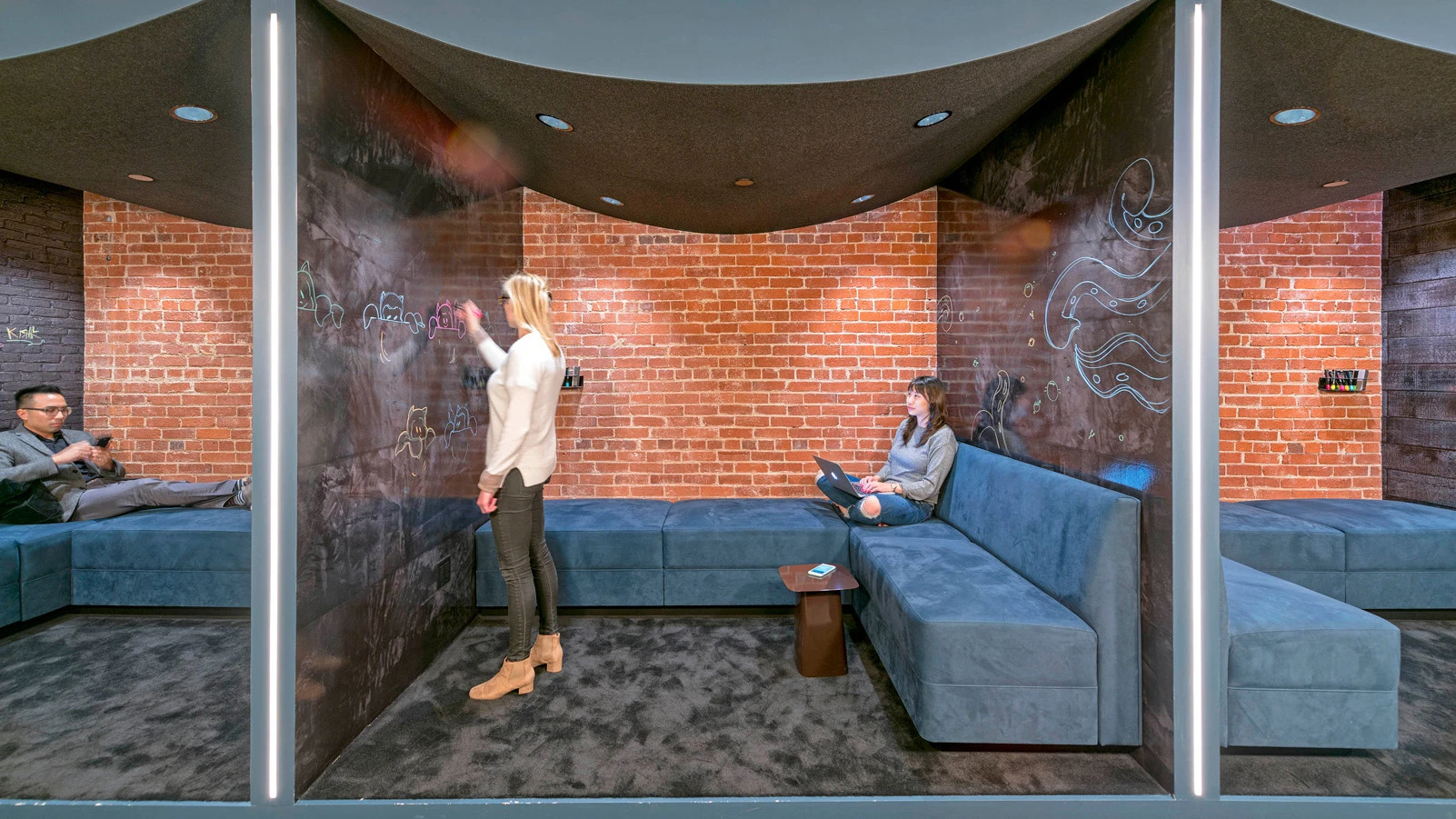
That’s why Owen and her team run focus groups and surveys with remote employees to ensure that the GitHub offices are meeting their needs.
“If you’re used to working in a home office all day and you come to a big, busy office, how do you adjust?” she says. The office has its own library, where remote workers who need absolute quiet can put their heads down. Atlassian also has libraries in its offices, and Basecamp practices what Fried calls “library rules” throughout the entire office to ensure that no one speaks too loudly and disturbs other people.
At GitHub, Owen’s focus groups also netted another change. “When I started [at the company], we had [catered] lunch two days a week,” she says. “We found out remote employees were booking travel based on opportunity to have lunch. We changed [the schedule] to lunch every day so remote employees can always have that social interaction.”
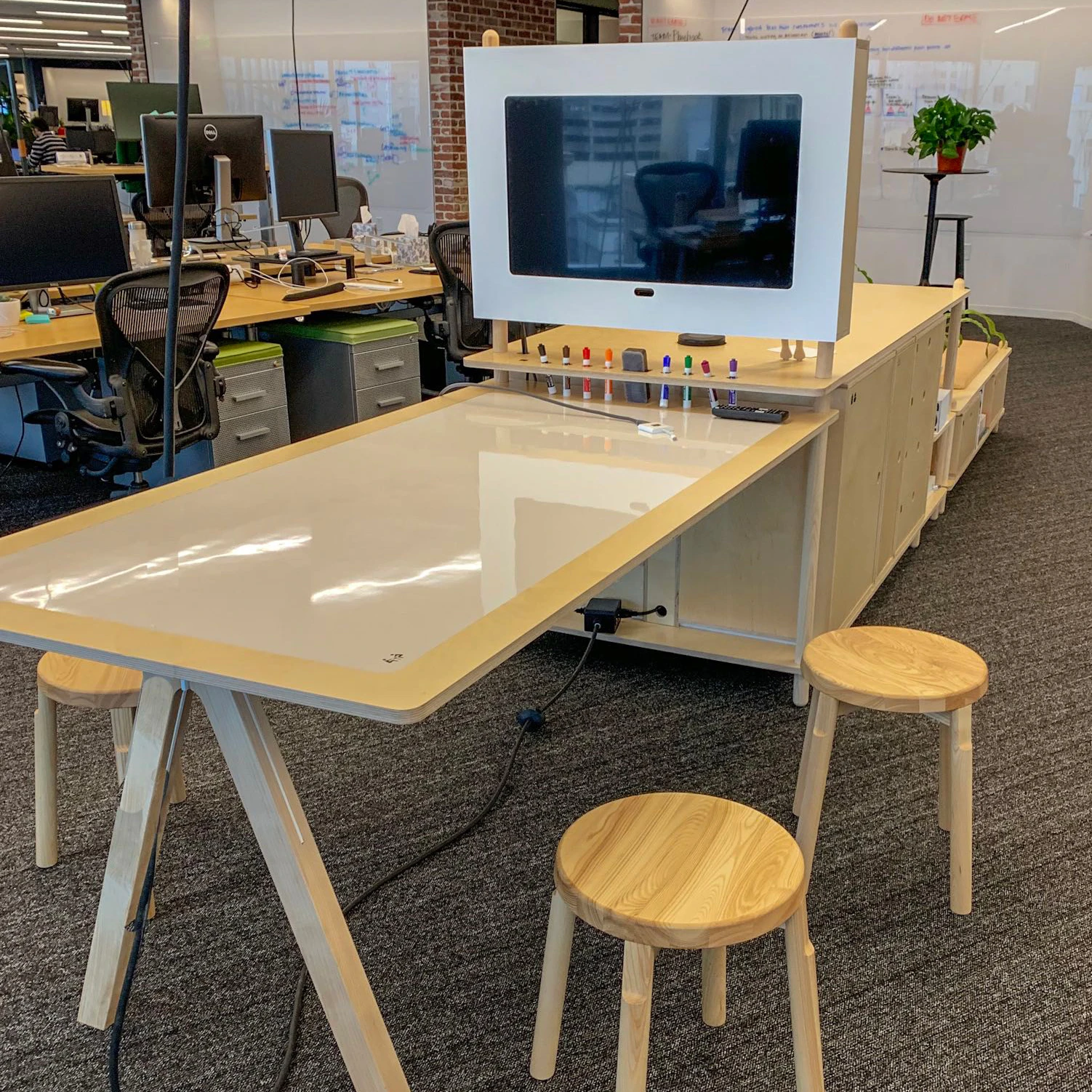
Give each team a home base so remote workers have a place to land when they visit
When remote workers do come into the office, they’re going to need a place to sit—and ideally, a place where they feel at home. “How do you travel to any one of our offices, and within an hour of grabbing your first cup of coffee feel part of the community with the teammates you may not see as often?” Hazard of Atlassian says.
To create that feeling, Hazard ensures that each office has central team spaces that are branded with the team’s name and function, where team members can also add their own decorations and personality. Then, when remote workers come into the office, there’s an immediate home base. He thinks of this space as the center of the team’s neighborhood or “village.” It also features lockers for people to use and no assigned seating. That way, all employees can “feel like everyone has a place and a purpose as well as create a local sense of community within a village [a group of desks].”
Recognize your brand’s excellence by applying to this year’s Brands That Matter Awards before the early-rate deadline, May 3.
